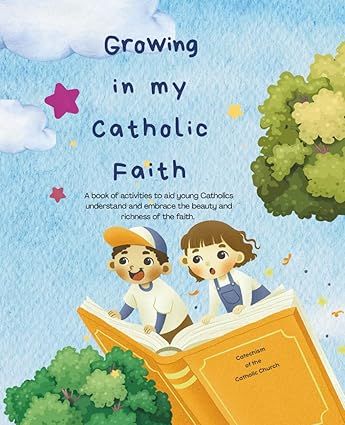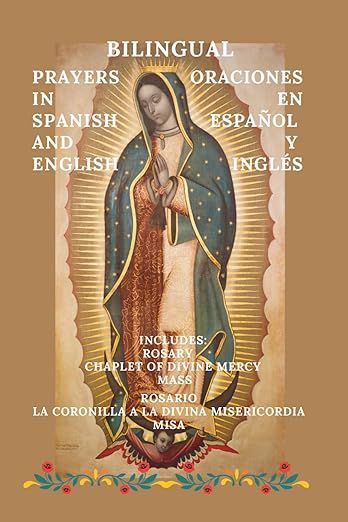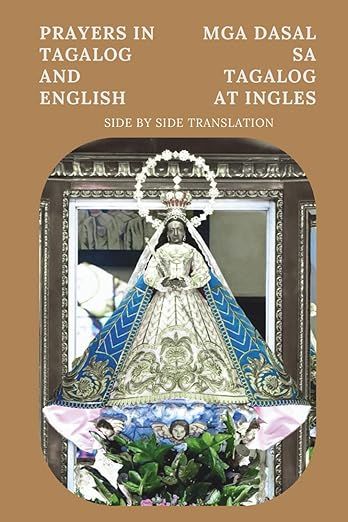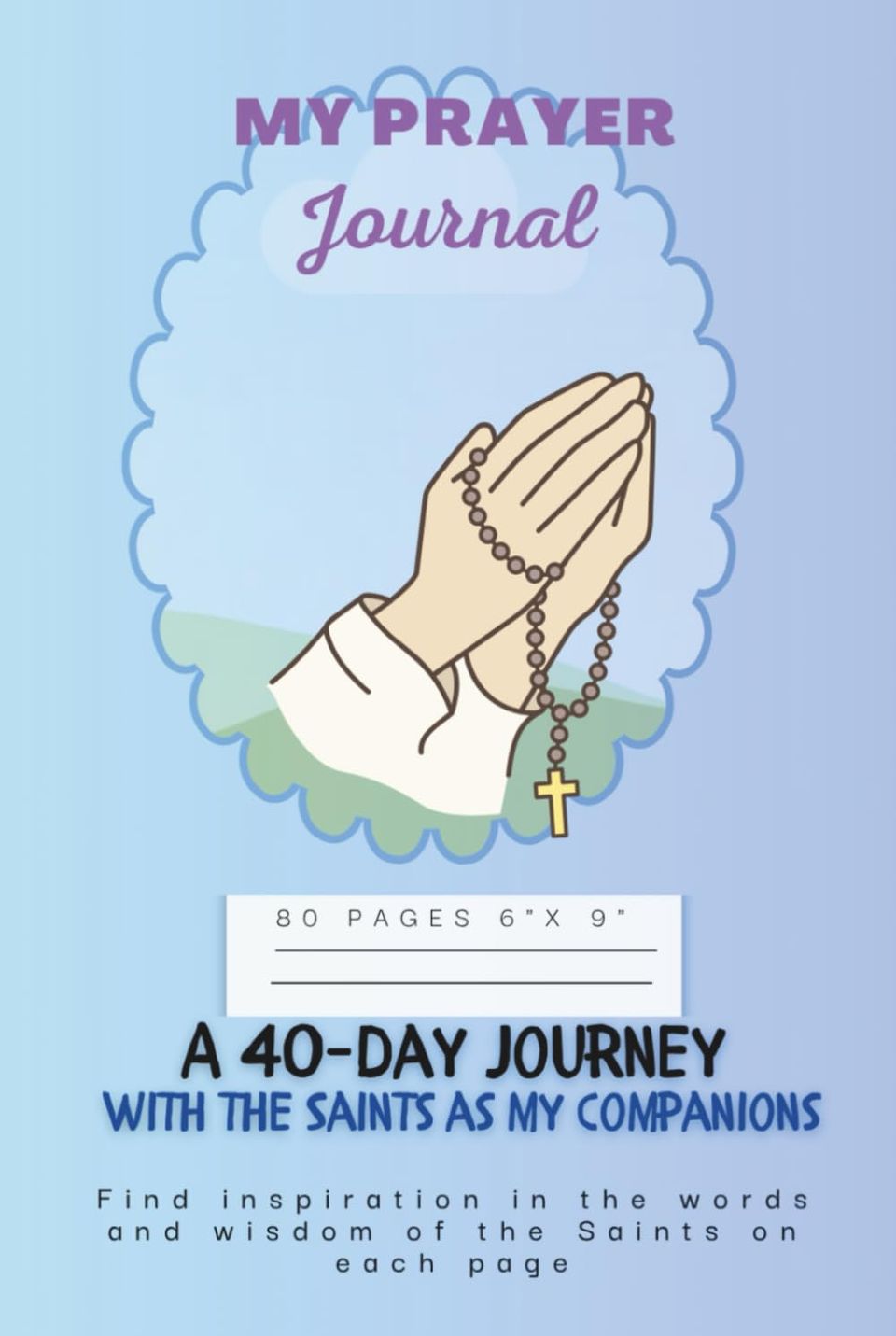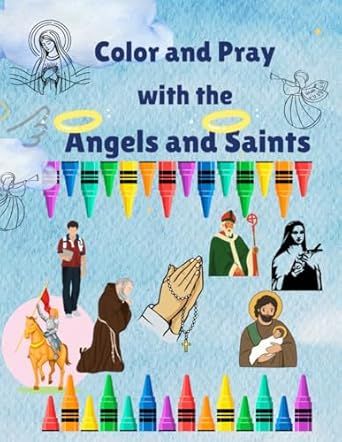
Saintly Nest Books
Read with the Saints,
Grow in the Faith,
One page at a time
Our books are created and designed by Catholic educators, writers, and artists called to enlighten and inspire the faithful, young and old. When it comes to exploring the beauty, the depth, and the richness of the Catholic faith, all are invited!
“We will not hide these truths from our children;
we will tell the next generation about the glorious deeds of the LORD, about his power and his mighty wonders.”
Grow in the Faith,
One page at a time
Our books are created and designed by Catholic educators, writers, and artists called to enlighten and inspire the faithful, young and old. When it comes to exploring the beauty, the depth, and the richness of the Catholic faith, all are invited!
“We will not hide these truths from our children;
we will tell the next generation about the glorious deeds of the LORD, about his power and his mighty wonders.”
– Psalm 78:4

